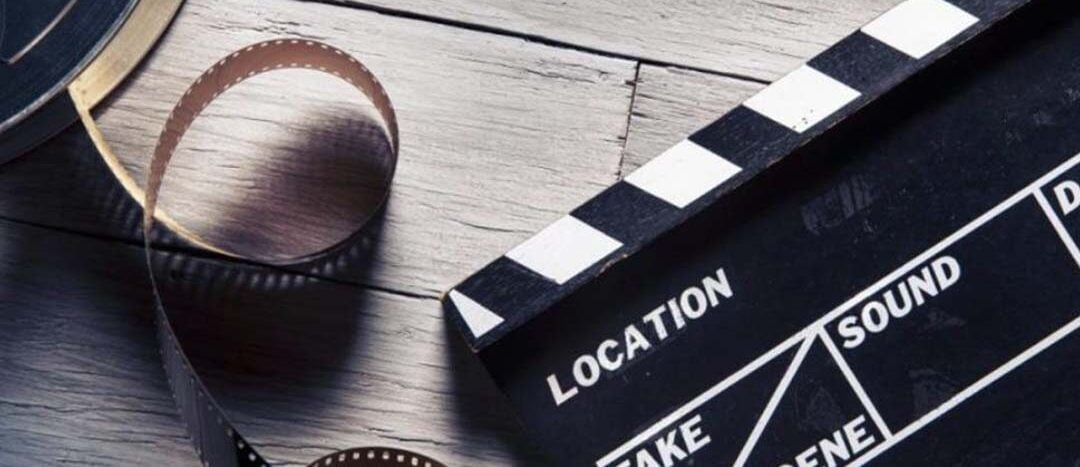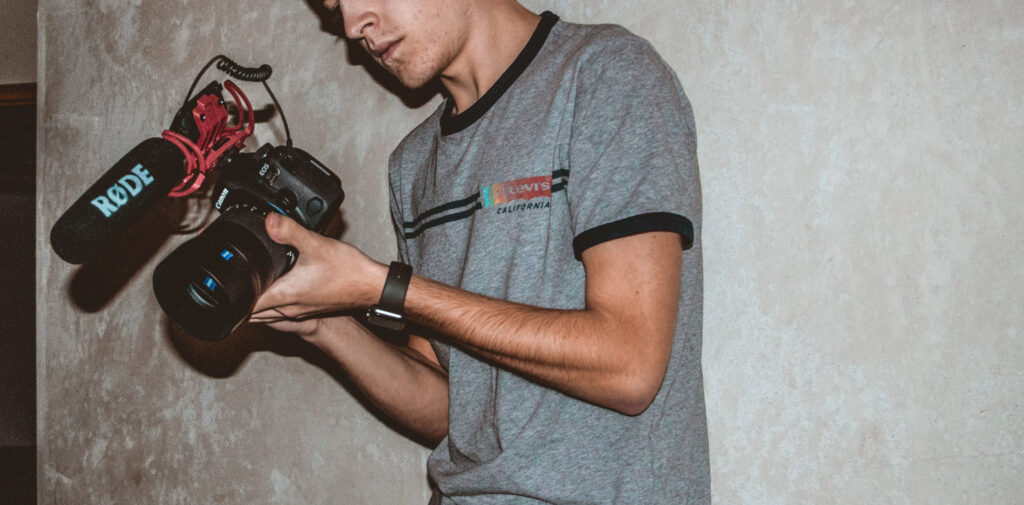A handy step-by-step guide for making your first film - Part 3

You’ve got your idea, your script, cast, locations, and permissions for making your first film, now it’s time to start thinking about the equipment you are going to use to capture it.
There are three guiding factors that are significant when it comes to making your choice of equipment:
Style of shooting - camera, lenses, lighting, and sound
There is never a right or a wrong way when it comes to choosing gear to create your style for making your first film - there are only your own creative choices and ultimately they are choices that will be determined by the ‘feel’ you want your film to communicate to others and of course - your budget.
This is a very personal choice and it's one that only you as the principal creative of your film can make.
Budget limitations - hire, purchase or borrow
You can have no budget or a substantial budget - both will impact your film in the most obvious of ways.
With a budget you can hire or purchase gear and operators - without a budget, you will have to work with what you already have or borrow gear and then get friends to help.
If you borrow gear it’s a good idea to have insurance that will cover the cost of replacing things. If you use friends as crew - check their availability for your complete schedule and check their skill levels are appropriate for your filming needs in making your first film.
Operational parameters - specialist equipment
Cranes, jibs, tracks, dollies, steadicams, russian arms, and drones are just a few of the wonderful pieces of equipment that can deliver some fantastic shots that you might want for your film.
However, on location these all take time to prepare, construct and rig. They will involve more complex rehearsals, an increase in the number of filming operatives, and an additional footprint on your location that will all impact your shooting time.
There will be more mouths to feed and bodies to accommodate which can be expensive and at the end of the filming day all that equipment has to go back into flight cases - more time you will need to allow for in your filming schedule.
I’m not saying don’t use specialist equipment but challenge your own thinking. Is there another simpler way to get the shots you want? You need to think very carefully and count your money before you commit to using any type of specialist equipment when making your first film.
One Way Forward - keep things simple

The most simple setup for filming involves just one camera, one lens, one tripod, an ability to record independent sound and natural light.
Camera
A DSLR or mobile phone is a great place to start when it comes to cameras. Most of us have one of either and are already familiar with how they operate and what they can achieve.
Lenses
 If you have only one lens in your kit you will learn very quickly how to move and reposition the camera to get the shots you want. There is no danger to having more lenses but know that any lens change on location will take time.
If you have only one lens in your kit you will learn very quickly how to move and reposition the camera to get the shots you want. There is no danger to having more lenses but know that any lens change on location will take time.
Tripod
A tripod is your steady platform for shooting. Usually, they are readily available with either a ball head mounting or a pan and tilt head option. Both these heads will let you set and adjust your shots.
Lighting
Try to use available location lighting especially even when shooting at night. Daylight is great but when things get a dark look around and find spots that are already lit.
Street lights, shop window lights, car lights try to use anything you can to avoid having to carry specialist lights. If it means adapting your scripted action to benefit from your location's available lighting then it's usually a good idea to do so.
Sound
DSLR cameras and mobile phones have integrated microphones for recording sound but they are not the most flexible of options. If this is all you have to work with then find the best way to use them.
If options are available to you, consider getting hold of a directional microphone, boom-mounted with an XLR cable connection to an independent audio recorder.
DATA
DSLR cameras use flash cards with various write speeds and storage capacity while mobile phones use internal storage to record your first film. Make sure you have enough of both to avoid time not filming because your data is being transferred. Data transfer just takes the time it takes and is best done during filming breaks or at the end of your shooting day. You must plan for them as they will have to happen at some point.
Keep an eye open for our Part 4 in this 'making your first film' series where we will get into how ‘Advances in technology have changed everything’
Meanwhile, if you have any questions e-mail us at [email protected] or call on 0131 226 0226 to see if we can offer you support with making your first film Also check out our other blogs and visit the rest of our website lamedia.co.uk





